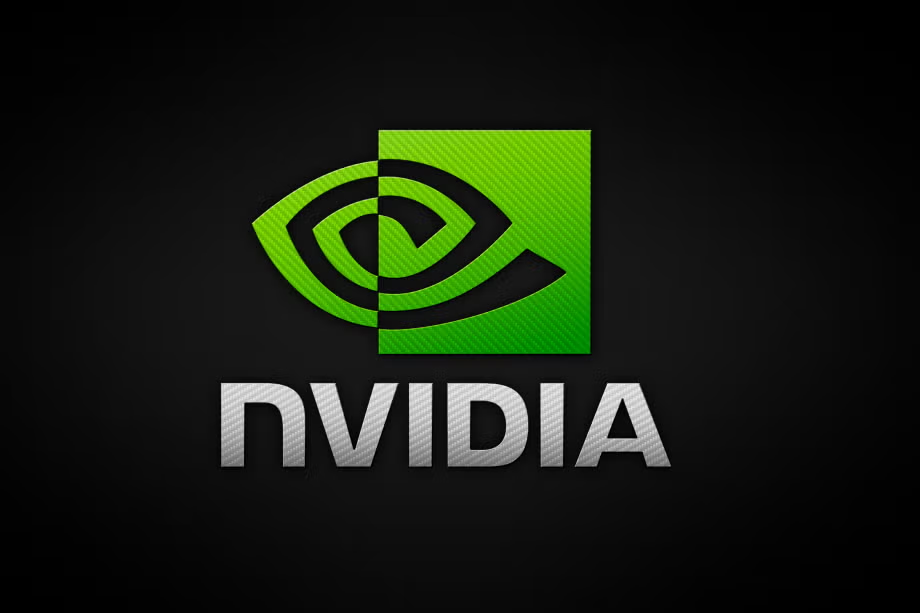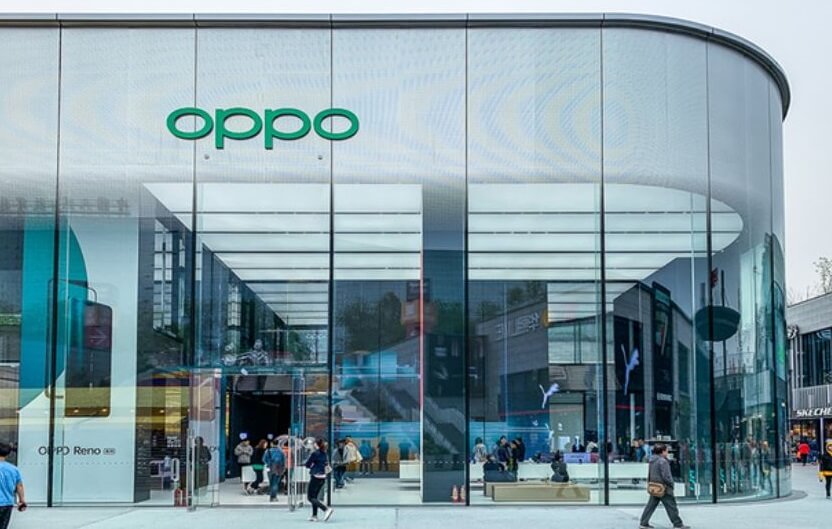Nvidia has achieved a market capitalization exceeding $4 trillion, solidifying its position as a dominant force in the technology sector. This milestone reflects the company's success and Wall Street's confidence in the continued expansion of artificial intelligence (AI).
Key Factors Driving Nvidia's Surge
- AI Leadership: Nvidia's GPUs are essential for AI applications across various industries. The company's AI chips are integral to the growth of AI applications, and its data center segment continues to experience substantial growth. Nvidia holds a significant share of the AI market, with estimates suggesting that its GPUs power approximately 90% of AI data centers worldwide.
- Data Center Dominance: Nvidia's data center business has become a primary revenue driver, accounting for a significant portion of its total sales. The demand for AI chips in data centers has fueled explosive growth for Nvidia.
- GPU Market Share: Nvidia commands a dominant share of the add-in board (AIB) GPU market. Recent data indicates that Nvidia controls an enormous percentage of the GPU market, leaving a small fraction for competitors like AMD and Intel.
- Product Innovation: Nvidia consistently introduces new and advanced GPU architectures. The Blackwell GPU architecture, is expected to drive significant growth in data center revenue. Nvidia has unveiled Blackwell Ultra GPUs, which mark a leap in AI and graphics processing capabilities. The company also plans to release "Blackwell Ultra" systems and is developing the next-generation "Vera Rubin" architecture.
- Strategic Partnerships: Nvidia has formed partnerships to strengthen its ecosystem and market position. These collaborations extend beyond chip sales and demonstrate a long-term vision.
- Market Expansion: Nvidia is expanding its reach into new markets, including automotive, robotics, and the Internet of Things (IoT). These forays provide new revenue streams and growth opportunities for the company.
Financial Performance and Analyst Expectations
Nvidia has demonstrated strong financial performance, with substantial increases in revenue and earnings. Analysts expect Nvidia's revenue to reach significant levels, driven by continued demand for AI solutions and the expansion of its data center capabilities. Despite challenges such as trade tensions and export restrictions, Nvidia's market performance has remained strong, reflecting investor confidence. Analysts project a positive trajectory for Nvidia's stock, driven by continued revenue growth and expanding profit margins.
Challenges and Considerations
- Competition: Nvidia faces competition from companies like AMD and Intel, as well as other AI accelerator companies. These competitors are striving to develop advanced GPUs and AI solutions, potentially impacting Nvidia's market share.
- Geopolitical Risks: Trade tensions and export restrictions, particularly between the U.S. and China, pose challenges for Nvidia. These restrictions can impact the company's revenue and gross margins.
- Supply Chain Issues: Ongoing global supply chain disruptions could affect Nvidia's ability to meet demand. These disruptions can impact the company's revenue and profitability.
Future Outlook
Nvidia's future success depends on its ability to maintain its technological leadership, expand its market presence, and navigate potential challenges. The company's focus on AI, data centers, and next-generation computing positions it for continued growth. Nvidia's innovations in AI, its strong market position, and the increasing demand for its products suggest a promising future. Analysts predict that Nvidia's stock has significant upside potential, making it an attractive option for investors seeking to capitalize on the AI revolution.















